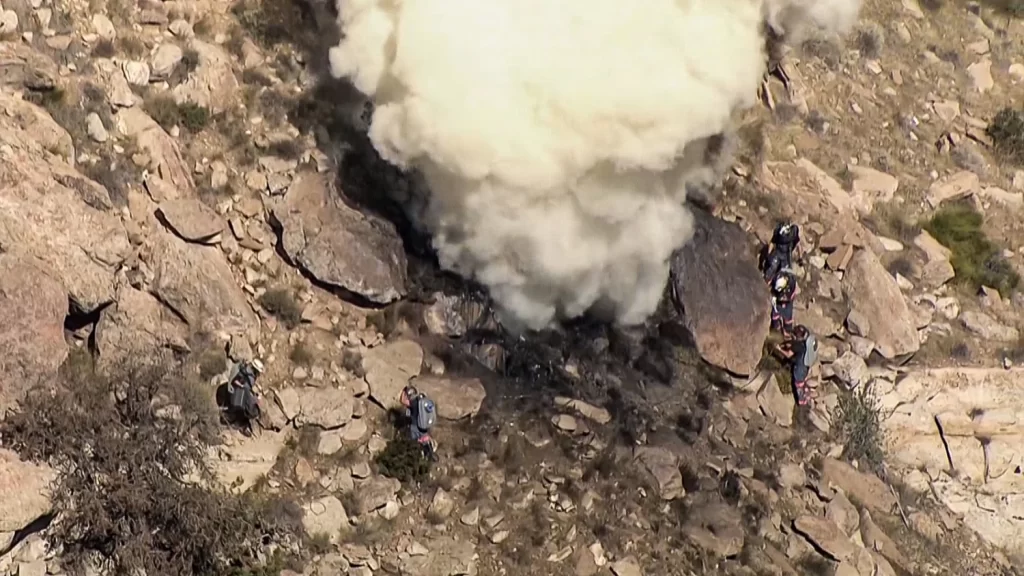A fire that raged for most of July at Anglo American’s Grosvenor coal mine in Queensland has raised serious safety concerns, prompting an extensive investigation and inspections at other coal mines. The fire, which started on June 29 when gas ignited in the tailgate of the underground longwall, forced the rapid evacuation of all mine personnel. Despite continuous efforts, the fire was only extinguished nearly a month later, on July 25, as confirmed by Anglo’s chief executive, Duncan Wanblad.
In response to the incident, Anglo immediately called in Resources Safety and Health Queensland (RSHQ) to launch an investigation. RSHQ, in turn, notified the New South Wales (NSW) Resources Regulator, which initiated a broader inspection program aimed at assessing the risk of similar incidents at underground coal mines across NSW.
The NSW Regulator’s inspection program focused on eight underground coal mines that, like Grosvenor, use longwall mining operations and deal with methane as a seam gas. Without detailed information on the Grosvenor fire, the inspections zeroed in on critical aspects of mine safety, including the handling of ignition sources, ventilation systems, gas management controls, and post-incident monitoring and sealing practices.
The findings were largely positive, with all eight mines demonstrating strong ventilation controls and post-incident monitoring procedures. The mines also showed a solid understanding of their potential for spontaneous combustion. However, the investigation uncovered 464 individual findings, of which 43 required enforcement action. A total of 18 notices were issued across seven mines, calling attention to areas requiring improvement.
The report highlighted three key recommendations for coal mine operators:
- Injection of Polymeric Materials: Operators injecting polymeric materials for strata support should carefully consider the reaction temperature of the product in relation to the thermal runaway temperature of the in-situ coal to prevent combustion risks.
- Emergency Sealing Plans: Operators should review their emergency sealing plans, paying close attention to the sequence of sealing, the potential for explosions, the resistance of seals to overpressure events, and the ongoing maintenance of those seals.
- Post-Incident Monitoring: Operators are encouraged to include tube bundle monitoring systems at strategic locations to better monitor post-incident conditions.
The Grosvenor fire has served as a wake-up call for the industry, emphasizing the need for stringent safety measures in underground coal mines, particularly when dealing with methane and other ignition risks. The recommendations aim to bolster safety protocols and reduce the likelihood of similar incidents in the future.









